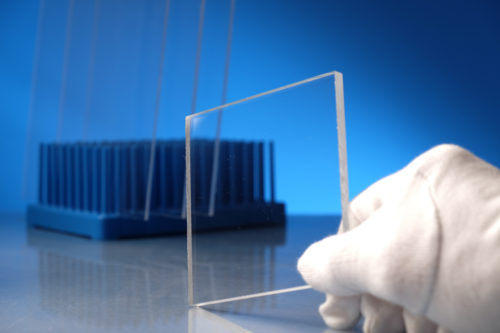
Alternative Materials to the Discontinued Corning® Vycor® Glass
Leave a CommentMaterial Options to Substitute for Corning® Vycor® Glass Invented by Corning in 1939, Corning® Vycor® Glass has been used in a wide range of applications over the years, from laboratory equipment to early spacecraft viewing ports. A blend of 96% silica and 4% boron trioxide, Corning® Vycor® Glass is a high-temperature glass valued for its […]

Understanding Optical Glass Surface Specifications
Leave a CommentTo ensure the manufacture of consistently high-quality, high-performance glass components and products, it’s critical to utilize optical specifications. These are useful in two ways: First, they establish an acceptable standard by which a glass surface must perform; second, they can help determine the amount of time, money, and labor that should be spent on the […]
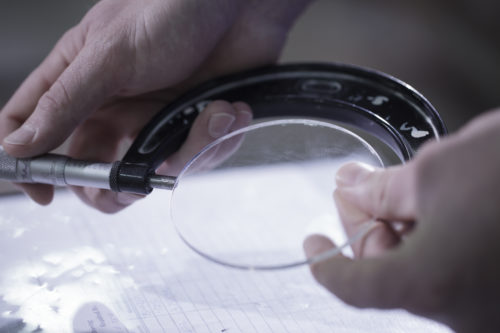
Material of the Month: Borosilicate
Leave a CommentIn the late 19th century, a German glassmaker by the name of Otto Schott developed what was then a revolutionary new type of glass: It included boric oxide, differentiating the product from the soda-lime-based glass products on the market. This unique material became known as borosilicate glass or, simply, boro glass. Borosilicate can be used […]
Tags: benefits, boric oxide, boro glass, features
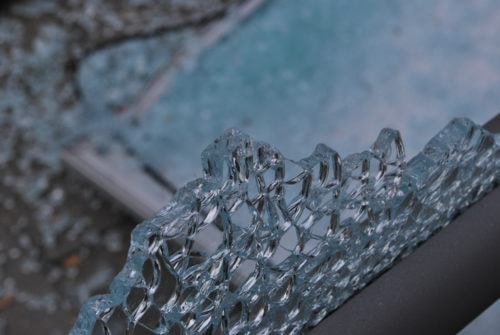
FAQ — Thermal Glass Tempering
Leave a CommentTempered glass is one of the most popular choices for applications in which traditional, or annealed, glass may pose a safety hazard. For nearly 100 years, Swift Glass has been providing quality custom glass fabrication services for a wide range of industries. To provide insight on the thermal glass tempering process and its various benefits, […]
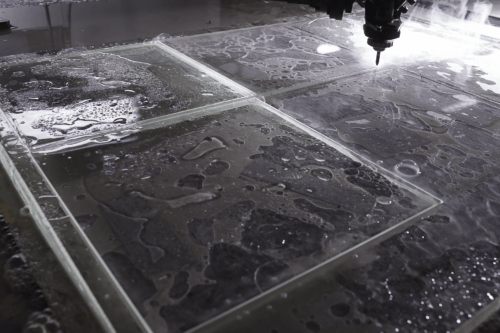
Waterjet Cutting Materials For Various Industries
Leave a CommentUsed to cut a wide array of materials across a range of industries, waterjet cutting is ideal for applications involving materials that are sensitive to the high temperatures generated by many other common cutting methods. The phrase “waterjet cutting” is commonly used to refer to abrasive waterjet cutting, in which an abrasive such as granite […]
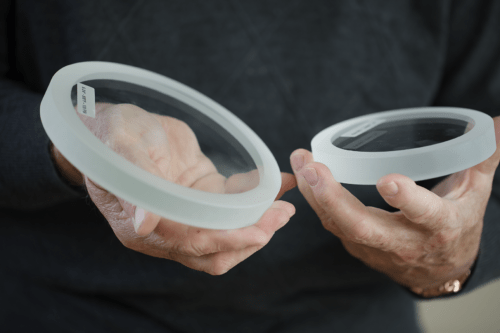
What’s the Right Thickness for your Sight Glass?
Leave a CommentUsed in a range of industries and applications, sight glass is used to check the level of liquid in a reservoir or supply line. Critical tools for ensuring operations are running safely and smoothly, these transparent tubes or windows allow users unimpeded observation in order to monitor conditions in piping, vessels, chemical reactors, and other […]
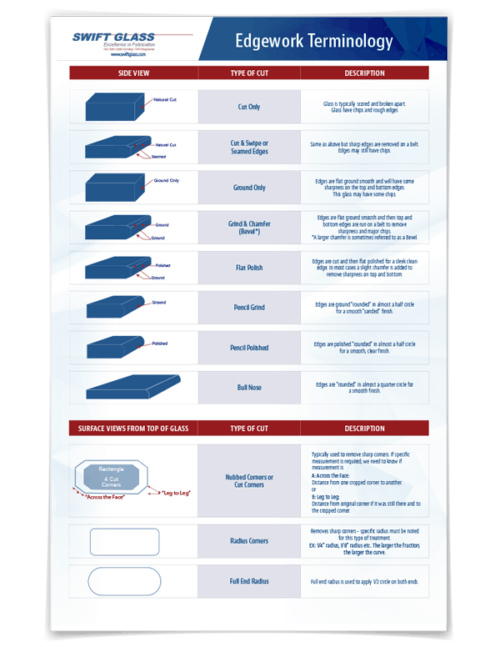
5 Common Glass Edge Finish Types
Leave a CommentGlass materials can receive many different types of glass edge treatments, each of which will uniquely affect the overall functionality and performance of the finished piece. Edging can improve safety, aesthetics, functionality, and cleanliness while improving dimensional tolerance and helping to prevent chipping. Below, we’ll explore five common glass edge types and their unique benefits. […]
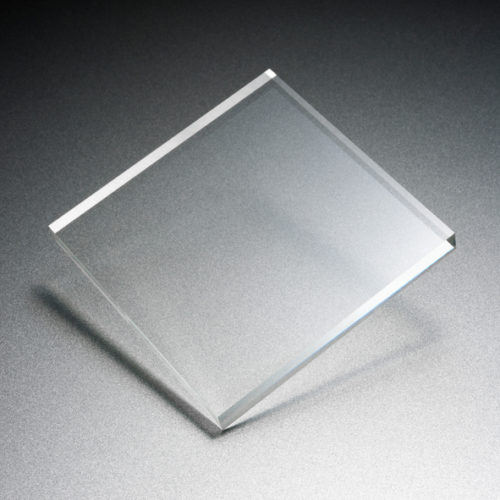
Material of the Month: Fused Silica
Leave a CommentFused silica is a glass form of silicon dioxide, a chemical compound that occurs naturally in quartz and many types of sand. Unlike quartz glass, fused silica is entirely synthetic when produced at an industrial level. Typically manufactured using silicon gas, fused silica is the most technically pure glass available. Fused silica has a non-crystalline […]

Swift Glass to Attend Photonics West 2017 Exhibition
Leave a CommentSwift Glass is excited to announce that we’ll once again be attending the annual SPIE Photonics West Conference and Exhibition, at the Moscone Center in San Francisco from January 28 to February 2. Hosted by the International Society for Optical Engineering (SPIE), Photonics West has been the world’s largest multidisciplinary event for biomedical and medical […]
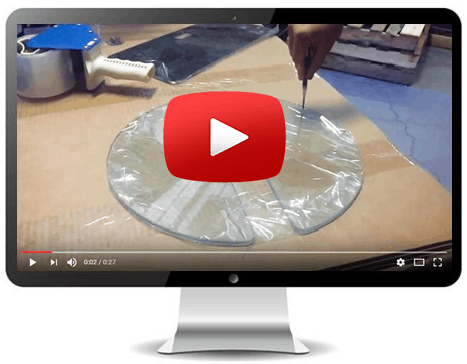
[VIDEO] Watch Safety Glass in Action
Leave a CommentWhat is safety glass? From car windows to smartphone screen protectors, glass plays a huge part in our everyday lives. Transparent, sterile, paintable, and able to transmit, reflect, and refract light, glass is an ideal material for many applications and industries. However, it is also brittle, breaking into sharp, irregular shards that can cause injuries. […]



